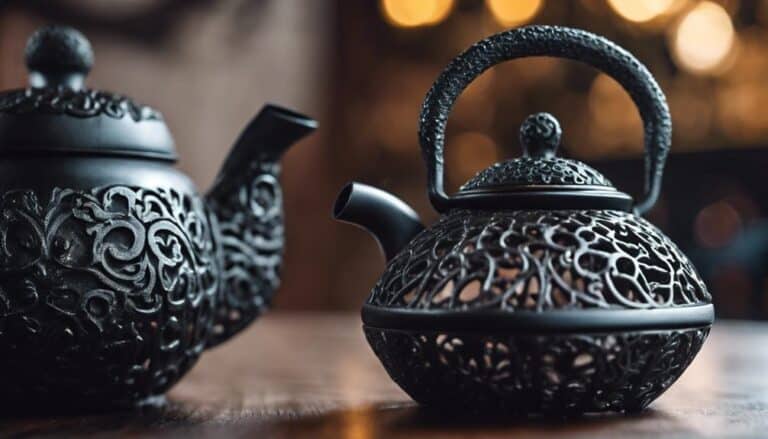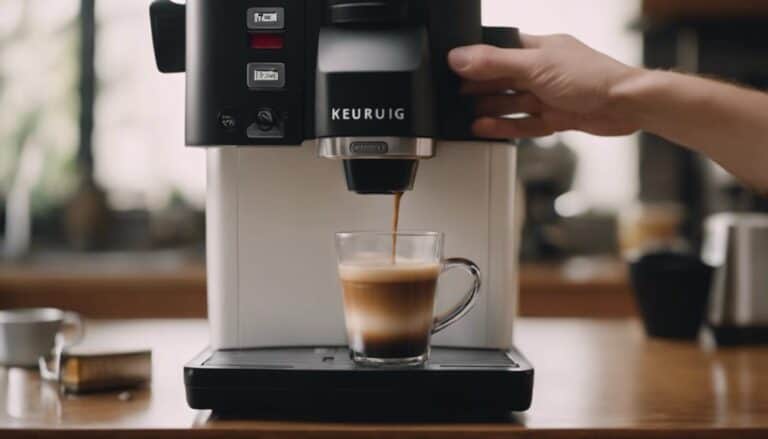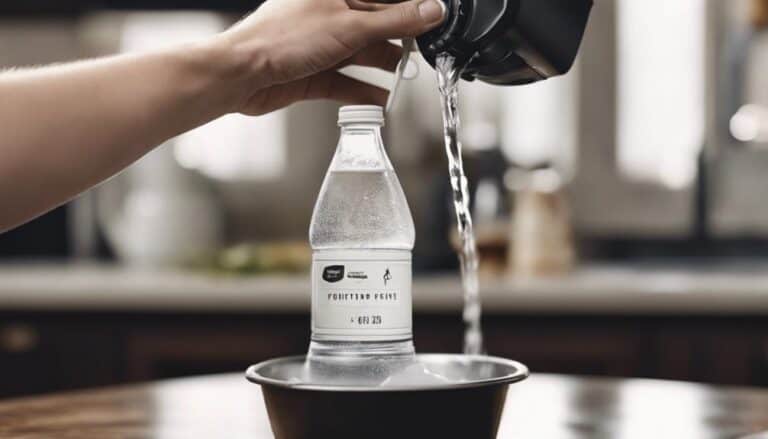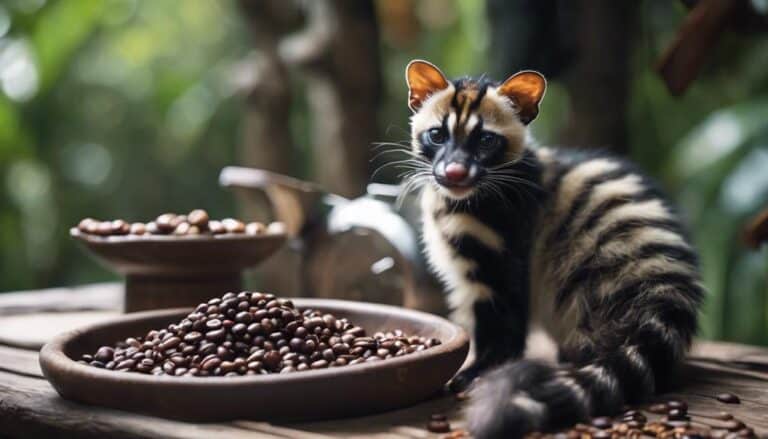Understanding Pearl Tea
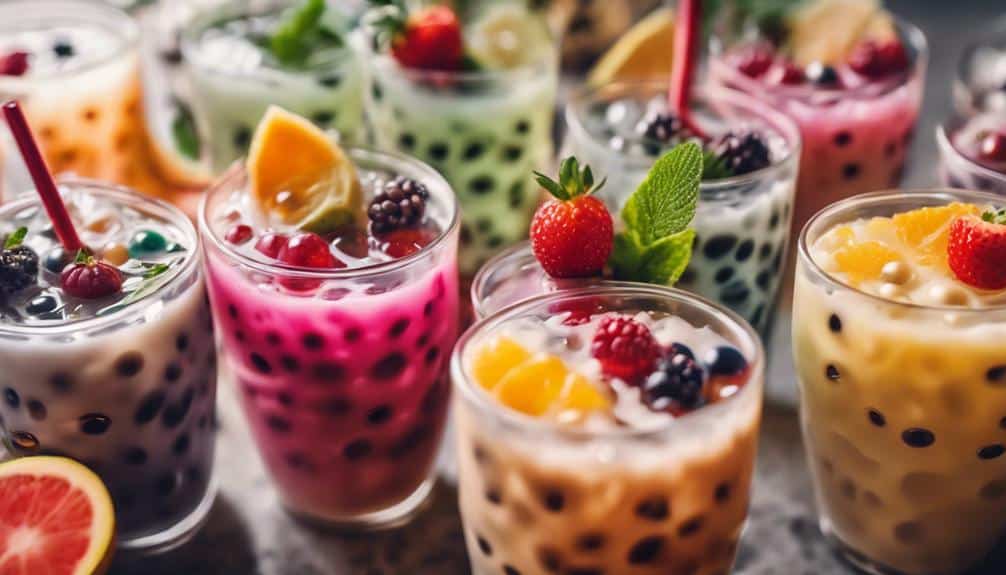
As someone intrigued by the world of beverages, I find exploring the intricacies of pearl tea to be quite fascinating. The blend of tea, milk, and chewy tapioca pearls creates a unique sensory experience that has captured the taste buds of many. However, there is more to this beloved drink than meets the eye. Understanding the cultural significance, the diverse flavor profiles, and the innovative variations of pearl tea can open a door to a world of exploration and appreciation for this evolving beverage trend.
Origins and Evolution of Pearl Tea
Emerging from the vibrant streets of Taiwan in the 1980s, the phenomenon of Pearl Tea captivated taste buds with its delightful fusion of tea, milk, and chewy tapioca pearls. This Taiwanese creation, also known as bubble tea, started as a simple yet innovative drink that combined the richness of black tea with the creaminess of milk, all topped off with the unique addition of tapioca pearls. The tapioca pearls, also called bubbles, added a playful twist to the beverage, creating a fun and satisfying experience with each sip.
As Pearl Tea gained popularity, it evolved beyond its traditional roots, branching out into a myriad of flavors and toppings. From classic milk tea to fruity blends, the drink now offers a wide range of choices to suit diverse preferences. Toppings such as fruit jellies, egg puddings, and popping boba have further enhanced the drink, making it a customizable delight for tea enthusiasts worldwide. This evolution showcases the creativity and adaptability of Pearl Tea, turning it from a local Taiwanese specialty into a global sensation loved by many.
Ingredients Used in Pearl Tea
Branching out from the origins of Pearl Tea, the diverse array of ingredients used in this beloved beverage contributes to its unique and customizable flavor profiles. At a bubble tea shop, you can find a variety of ingredients like black tea, milk, sugar, and tapioca pearls that make up the base of many pearl tea variations.
Classic milk tea, a popular option, combines black tea with milk and sugar to create a creamy and satisfying drink. One of the defining features of pearl tea is the chewy tapioca pearls, also known as boba, which are made from tapioca starch, brown sugar, and hot water. These pearls are cooked until they reach the perfect chewy consistency, then soaked in a sugar syrup to infuse them with sweetness.
The combination of these ingredients results in a delightful beverage with a range of flavors and textures to suit every taste preference.
Health Implications of Pearl Tea
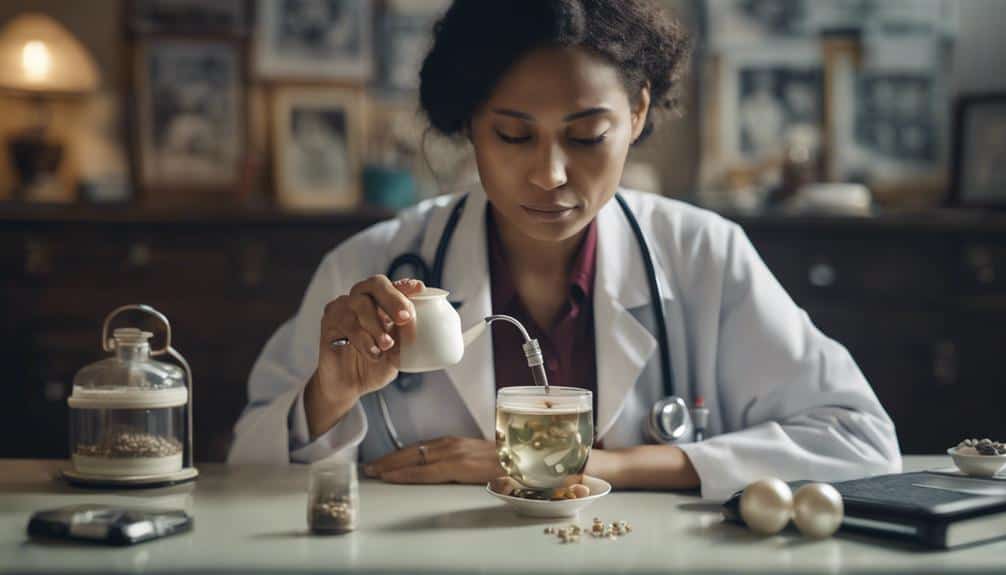
When considering the health implications of pearl tea, one must be mindful of its potential impact on sugar intake and overall well-being. Pearl milk tea, a popular variation of pearl tea, can contain high sugar content, sometimes exceeding the recommended daily limit in just one serving. The use of artificial sweeteners in these beverages can contribute to increased calorie intake, potentially leading to weight gain and a higher risk of chronic conditions like obesity and diabetes. Additionally, many pearl tea recipes incorporate milk products, which can introduce saturated fats and cholesterol into the diet, impacting heart health. It is essential to be aware of the nutritional content of pearl tea to make informed choices for a balanced diet.
| Health Implications of Pearl Tea | |
|---|---|
| High Sugar Content | Potential weight gain and risk of chronic conditions |
| Artificial Sweeteners | Increased calorie intake and health risks |
| Milk Products | Added saturated fats and cholesterol |
| Balanced Diet | Awareness for informed choices |
Consumer Awareness in Pearl Tea Industry
Consumer engagement plays a pivotal role in enhancing transparency and quality standards within the pearl tea industry. As a boba tea enthusiast, being aware of what goes into your favorite drink is essential.
When visiting tea shops, inquire about the quality of ingredients used, especially the sourcing of tea leaves, milk products, and flavorings. Ask about the preparation of tapioca pearls to make sure they meet high-quality standards. It's also important to be conscious of the sugar content in your boba tea and ask about any additives or preservatives that may be included.
Transparency in Pearl Tea Preparation

During the intricate process of crafting a perfect cup of pearl tea, transparency shines as a guiding principle in every step. In the dynamic tea industry, milk teas, bubble teas, and various flavors like Taiwanese black tea are prepared with a commitment to openness.
From the moment tapioca pearls are sourced to the creation of sugar syrup, every detail is openly shared with customers. Hygiene and cleanliness standards are strictly adhered to, ensuring the integrity of the preparation process. Experimenting with new ingredients like frothy milk or condensed milk adds layers of flavor, but clear communication about these choices is paramount.
Customers appreciate knowing the origins of their tea leaves, the brewing techniques employed, and the customization options available. This transparency not only builds trust but also allows tea enthusiasts to make informed decisions about their beverage preferences. In the world of pearl tea, clarity and openness are key ingredients to a delightful and satisfying experience.
Conclusion
To sum up, pearl tea has come a long way since its origins in Taiwan, offering a wide variety of flavors and toppings for consumers to enjoy. It's important to be mindful of the ingredients used and the potential health implications of consuming this popular beverage.
By staying informed and making conscious choices, we can savor pearl tea responsibly as part of a balanced diet while appreciating the rich history and evolution of this beloved drink.
Cheers to enjoying pearl tea in a mindful way!
